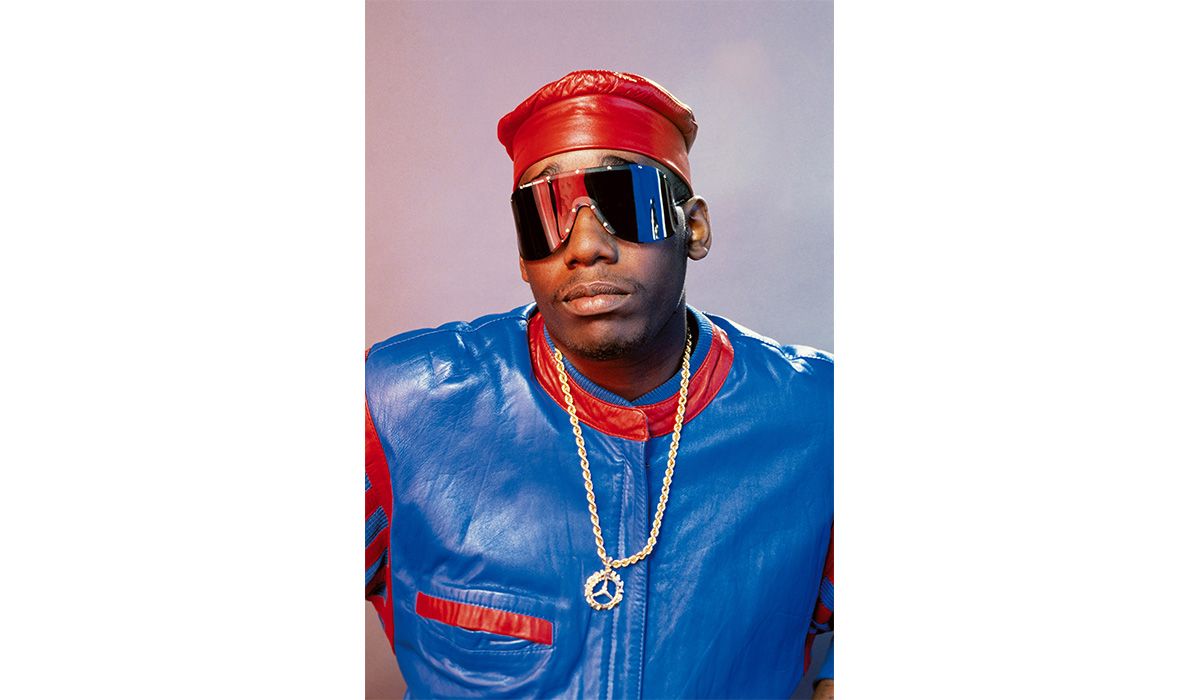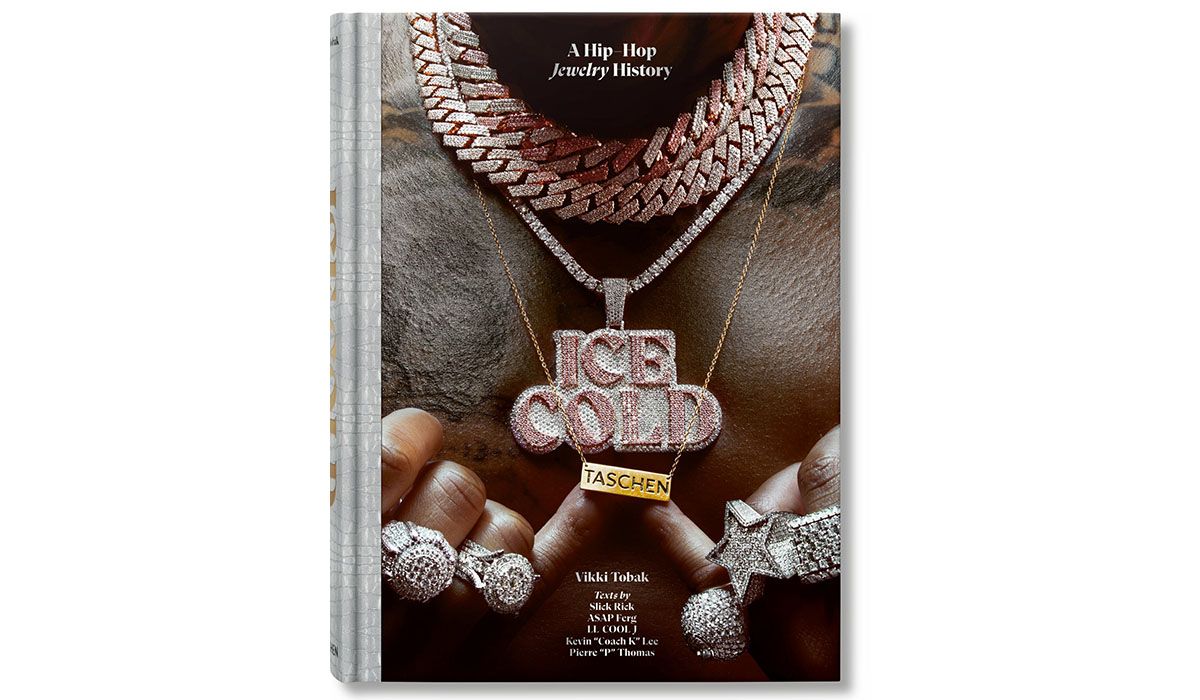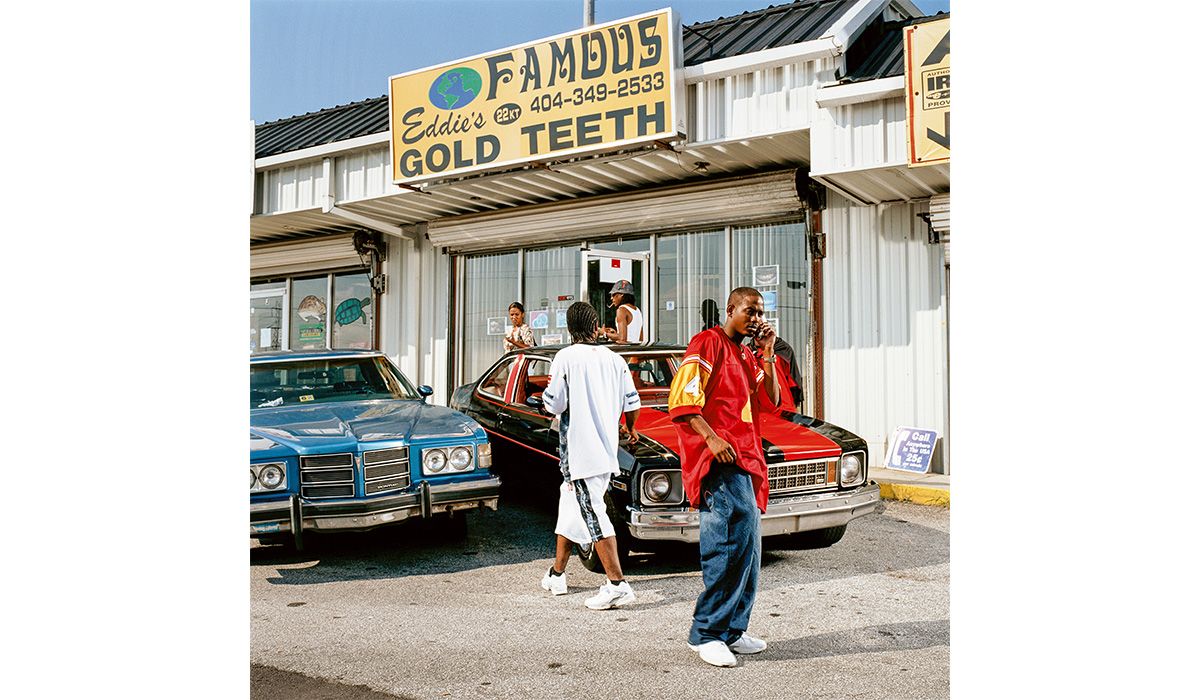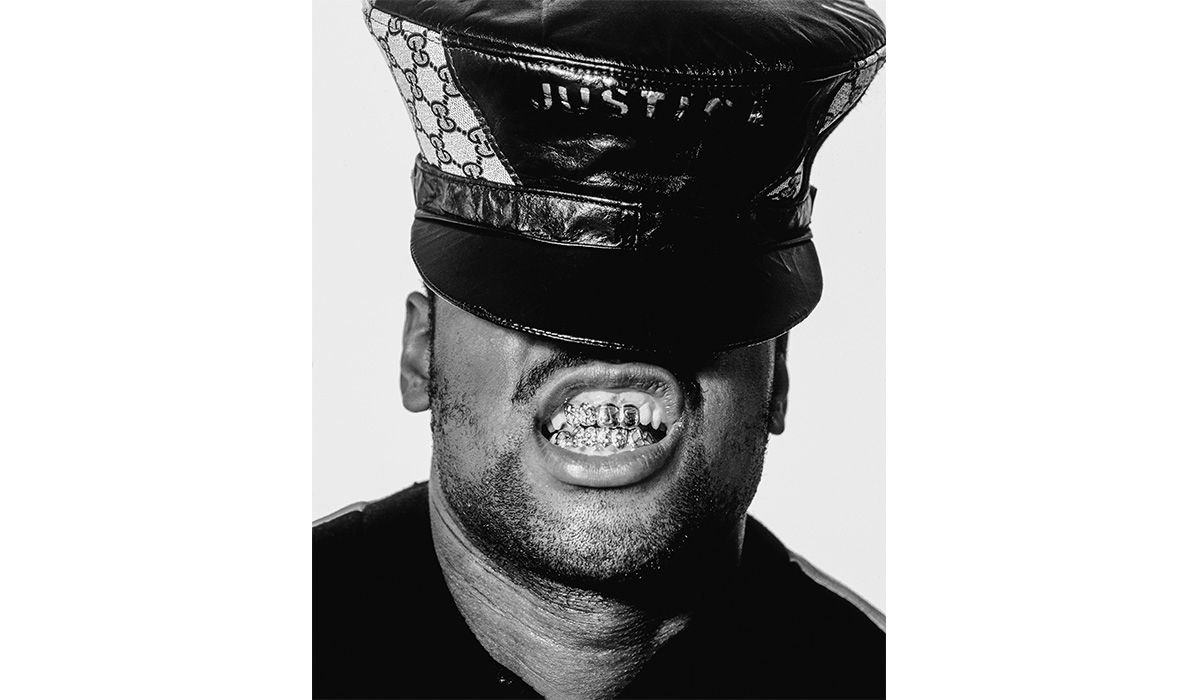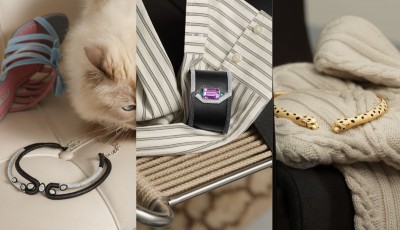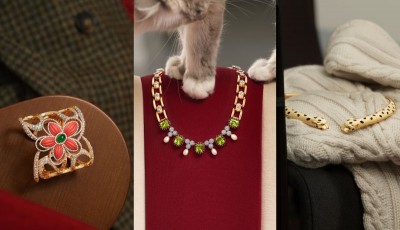Hip Hop Jewelry: Sky’s the Limit
50 years of hip hop. 50 years of “extreme” jewelry. One of the musical genres most entrenched in mainstream culture is celebrating an important anniversary, bringing with it the evolution of excessive and extravagant jewelry that has pushed the boundaries
Flashback. It is 11th August 1973. In New York, Clive Campbell, a Jamaican DJ known by the name of “Kool Herc”, together with his sister Cindy, organized a party in a hall of a dilapidated building at 1520 Sedgwick Avenue in the Bronx. That night, during which, for the first time, familiar disco notes were replaced by an alternative mix of soul and funk, marked the beginning of the long history of hip hop. A reminder of this is the “Fresh, Fly and Fabulous: Fifty Years of Hip Hop Style” exhibition, held at the FIT (Fashion Institute of Technology) museum in New York from 8th February to April this year, to celebrate the 50th anniversary of a style of music that, «since that time, has spread around the globe, lending its influence to innumerable spaces. As the invention of Black and Brown working class youth, hip hop style has been criticized, stereotyped and oversimplified in the ways that institutional racism affects most marginalized people’s cultural expressions. Much of hip hop style encompasses aspiration, inventiveness, remixing existing forms, customization, and individualization, which have been read by naysayers as outside the bounds of propriety, good taste and generally, as “too much.” Yet, pushing at the boundaries is also an overarching tenet of hip hop style, and inevitably, what hip hop has started, mainstream culture has adopted, adapted, and appropriated.» These considerations also involve a type of, ostentatious, brash and exaggerated jewelry which has always been a sign of hip hop’s identity distinction and belonging. This role is highlighted in the book “Ice Cold: A Hip- Hop Jewelry History”, published by Taschen last September 2022; an important book in which the journalist and editor Vikki Tobak traces the course of jewelry in hip hop culture from its beginnings to present day, emphasizing the value of jewelry as self-expression but also as evidence of a collective human history, «a history as ancient as it is universal, that explores the intricate dialogue between culture, ornament and identity.» With a DNA of its own, shaped by indigenous influences, hip hop jewelry design has evolved hand in hand with the growth of the movement, becoming increasingly innovative and extravagant over time. In the late 1970s, when the movement was beginning to take off, the jewelry of choice was the same as what was already popular on the street: large belt buckles, necklaces with plaques or medallions symbolizing Madonnas and Nefertiti, chains and gold dental grills, also known as grillz. During the 1990s, when it became so popular that it was the best-selling music genre of all, its jewelry ushered in the era of platinum and all-over diamonds. «It was interesting to see the evolution of jewelry in hip hop and the trends all laid out like that. It is a testament to the longevity of hip hop and its impact. The fact that Taschen put the book out says a lot about how mainstream hip hop and its influence has become,» says Jason Arasheben, aka Jason from Beverly Hills, a jeweler cited several times in the book.
«THE SHEER SIZE AND OPULENCE HAVE ALWAYS BEEN THE BIGGEST DIFFERENCE BETWEEN HIP HOP JEWELRY AND THE TRADITIONAL ONE. HIP HOP IS OVER THE TOP AND IN YOUR FACE. MORE TRADITIONAL JEWELRY IS USUALLY DEMURER AND HIDES BEHIND BEING "CLASSIC." IT USED TO BE THAT HIP HOP JEWELRY STAYED WITH DIAMONDS, BUT NOW YOU SEE MORE COLORED STONES COMING INTO PLAY» - JASON OF BEVERLY HILLS
It was he who, in the 2000s, together with other names «started laying the foundation for a new generation of jewelers with a vision to match hip-hop’s “sky’s the limit” outlook,» Tobak writes. Among his most famous pieces are the 24 carat, solid gold eagle cuff created for Ghostface Killah (2001), and Lil Jon's Crunk Ain't Dead chain — which entered the Guinness Book of Records as the largest diamond pendant ever made at the time of its creation (2006). One of the most iconic, according to the designer himself, is a name pendant on a Cuban link chain that reads A$AP in white, green, blue and purple diamonds, made in 2019. «The A$AP Yams pendant and chain I did was a testament to so many people. It was commissioned from Drake as a gift to A$AP Rocky and it had such sentimental value. I really enjoy getting to be a part of pieces that have so much meaning and story behind them like that.» The uniqueness of similar pieces shows an essential characteristic of artists, or rather, a strong individualism expressed through customization. «To have something nobody else has, to make your piece a bit more unique, to wear an article of adornment made with a one-of-a-kind design, to rock jewelry displaying your name, is to show the world who you are,» says Tobak. It is precisely from the close collaboration between rappers and producers, driven by a desire to stand out with jewelers that boast enormous know-how, that increasingly intricate and experimental creations have emerged, now made with new materials such as titanium, carbon fiber, production techniques including enamel, 3D modelling and even lab-grown diamonds. Alex Moss, quoted in the book as one of the most prominent contemporary craftsmen in this aristocratic ecosystem, says: «The artists that reach out to me always have vision. All of my clients that are artists are tasteful and set trends. They’re visionaries. So, spotting that in the jewelry world is no different, and they recognize it when they see it. That’s why they reach out to me. We never seek clients or contact people to create, that’s against my principles.» Jeweler to some of the most famous and talented rappers, such as Drake, Tyler, the Creator, Jack Harlow and others, he has just launched the “Cathedral of Dreams” collection, for the first time dedicated to a wider audience. A choice dictated by the growing demand that followed the success of his last creation “Previous Engagements”, worn by Drake in December last year on stage at the concert celebrating Lil Baby's birthday at the State Farm Arena in Atlanta. A white gold necklace set with 42 diamonds totaling 350 carats and symbolizing the number of times the rapper has thought about proposing to a girl. «The project we just did for Drake on his Previous Engagement’s necklace,» says Moss, «will go down as one of the most iconic pieces ever made. No piece of hip hop jewelry has gotten that much coverage or attention. It will go down in history as the most iconic chain of all time.» If the popularity of rappers has already attracted the attention of major jewelry houses — just think of Tiffany & Co.'s latest partnerships with Pharrell Williams, Kendrick Lamar and Beyoncé — the distinctive and daring iconicity of hip hop jewelry is thus beginning to open its borders to mass culture and could change the face of traditional high jewelry, feeding it with a non-conformist and eccentric vision that nothing is impossible.
«I TRULY SEE HIP HOP JEWELRY AS FASHION AND ART COMBINED. THAT’S ALWAYS MY GOAL WHEN I WORK WITH MY ARTISTS. WE TRY TO RE-INVENT AND CREATE A FASHION MOMENT. WE’VE DONE THAT SO MANY TIMES. I KNOW MANY OTHER JEWELERS AND ARTISTS JUST LOOK AT JEWELRY AS A STATUS SYMBOL OR AN ACCESSORY TO AN OUTFIT, BUT MY CLIENTS AND I REALLY TAKE IT TO A NEXT LEVEL AND ELEVATE THE JEWELRY GAME BEYOND WHAT PEOPLE KNOW» - ALEX MOSS






